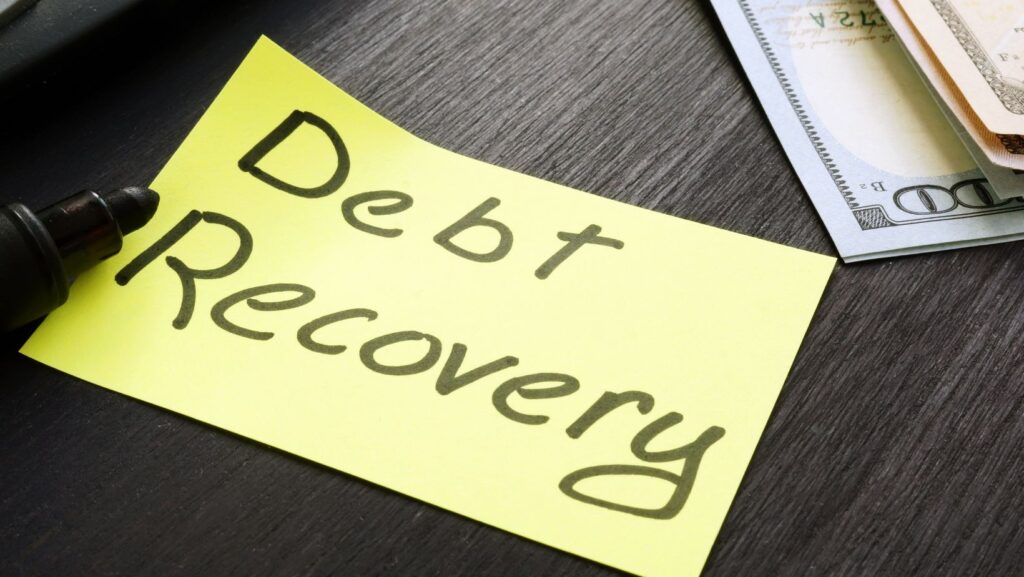If a business finds itself with unpaid invoices or overdue payments, the path to recovery can seem impossible. But knowing how to recover business debt can make the trip a little easier and less stressful. Typically, the recovery process occurs in a series of well-defined steps, starting with the initial reminder of the potential legal enforcement. This guide will walk you through each step that a business can take to recover its debts.
Initial Contact and Reminder
A simple reminder is usually the first step in the business debt recovery process. After the payment due date, businesses contact debtors on informal channels. This could be through email, phone calls, or even a polite message. The purpose is to tell the debtor about the debt and to ask for payment. In most cases, the debtor is not even aware of the amount that is overdue, and a friendly reminder will clear the issue.
Follow-up Communication
If the debtor doesn’t respond to the first reminder, the next step is a more assertive follow-up. That could mean sending more emails, making more phone calls, etc. At this point, communication should be crystal clear about the overdue amount with any interest or penalties that may have been applied for nonpayment. To keep the relationship between you and the debtor good, these reminders have to be professional but firm.
Sending a Formal Demand Letter
If reminders and follow-up attempts don’t work, businesses often escalate the matter by sending a formal demand letter. This is a more serious communication that details the amount owed, the payment terms, and any consequences for not paying the debt. The letter usually specifies a deadline for payment, which is usually 7 to 14 days and may indicate that if the debt is not paid, legal proceedings could follow.

The demand letter should be well-crafted, leaving no doubt that this is serious but professional. This communication has to be sent in a trackable way, such as registered mail, so that the debtor gets it.
Engaging a Debt Recovery Agency
Once the debtor has ignored all requests for payment, businesses may decide to use a debt recovery agency. These agencies specialize in pursuing unpaid debts on behalf of their clients. Debt recovery firms have the knowledge and capabilities to tackle delinquent accounts and often have different methods of recovering the money owed.
If a business chooses this route, it will usually sign a contract with the agency to define the terms of the recovery efforts. In the case of the agency, it may charge a fee or work on a commission basis, typically taking a percentage of the recovered debt. This option allows businesses to pass the payment-chasing burden to a professional and ensure a debt recovery approach.
Legal Action – When to Consider It
If all previous attempts fail, legal action may be the only remaining option. At this point, the business may consider consulting an attorney to see if a lawsuit is possible. The amount of the debt and where the business is located determine how the legal action can take place, as it can be subject to small claims court or more formal civil proceedings.
However, before proceeding, the costs of litigation should be weighed against the amount of the debt. Legal fees can really pile up, and sometimes it’s not financially viable to go to court to recover. However, for bigger debts, this is the most effective way to get paid.
Obtaining a Court Judgment
If a court case is filed, the next step is to obtain a judgment from the judge. The court will rule for the creditor, and the debtor will be ordered to pay the debt plus any legal fees or interest that may have been accrued. The business can then go ahead to enforce the payment once a judgment is obtained.

Yet, it is important to understand that winning a court judgment does not mean the debtor must pay the debt. In the event that the debtor still refuses to settle, the business may be forced to take further steps to enforce the judgment.
Enforcement of the Judgment
When a business receives a court judgment, it has several ways to enforce the debt. Enforcement methods are usually wage garnishment, property liens, or seizing assets. Some jurisdictions allow businesses to ask the court to appoint bailiffs to recover the debt on their behalf.
Although these actions can be effective, they can also be time-consuming and expensive. Also, a court order may not always be enforced, especially if the debtor has little or no assets or income.
Bankruptcy – A Final Resort
In the most extreme cases where all attempts to recover have failed, the business may have no alternative but to declare bankruptcy. It is usually the last option when trying to recover business debts, as it involves the liquidation of the debtor’s assets to pay off creditors. Filing for bankruptcy is a very expensive and complex procedure and should only be done when all other options have been exhausted.
There is a difference in bankruptcy laws from one jurisdiction to another, so businesses should consult with legal professionals before making such a decision. Bankruptcy may bring some recovery, but usually, only a portion of the debt is paid.
Prevention – Avoiding Future Debts
After the debt recovery process is over, businesses should look into preventive measures to prevent future debt collection problems. It could be a more stringent credit check in order to extend credit to new clients, requiring up-front payment, or even more stringent payment terms.
Taking these precautions will help businesses avoid similar problems down the line, protecting their cash flow and making the financial operations run smoothly.
Final Thoughts
The business debt recovery process is often long and arduous, but following the steps described above will help companies improve their chances of recovering owed funds. Debt recovery should be approached systematically by escalating the issue step by step and seeking professional assistance when required. It always tries to resolve the matter quickly but retains good business relationships.

